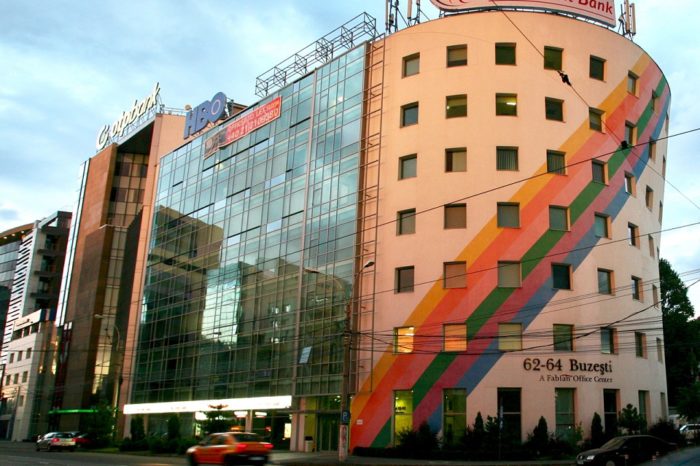Colliers: Housing is becoming less and less affordable to Romanians due to the high cost of loans

Transactions of apartments and houses began to decline starting from the spring of this year, as a result of high energy costs, rising construction materials and fuel prices, in addition to the rising costs associated with mortgages, Colliers consultants point out. Specifically, the total stock of home loans has reduced its annual growth rate to 10 percent at the end of July, after annual growth at the end of 2021 stood at 13 percent.
In Bucharest, owners took on bank debt for 50 percent of the apartments traded in the first six months of this year. Overall, in 2021, 60 percent of apartments were bought on loan, which means that currently not only are there fewer transactions that depend on bank financing, but also that part of the demand has become unbankable and can no longer afford the loan costs for buying the desired home, show Colliers consultants.
In the rest of the country, 44 percent of transactions were made with credit in the first half of the year, a percentage slightly down from the level of 45 percent recorded for the whole year 2021. Cluj is at the top in terms of the decrease in the number of those who take out loans to buy homes, 48 percent of real estate transactions being concluded with borrowed money in the first half of the year, compared to 53 percent last year, followed by Timisoara, with 48 percent of properties bought on credit, compared to 50 percent last year.
“The decline in housing affordability is becoming increasingly evident amid the unprecedented price rises of this economic cycle. Recent demand-side indicators suggest that cheaper homes are relying more on credit, while more expensive, luxury homes are largely traded for cash. This means that the demand for cheaper housing will suffer the most in the face of rising interest rates, where a higher percentage was bought with mortgage loans”, explains Gabriel Blanita, Associate Director Valuation & Advisory Services at Colliers Romania.
The Consumer Credit Reference Index (CCRI) allows the exact calculation for the last quarter of this year, when the interest rate will reach 4.06%, and estimates for the first quarter of next year place this indicator around 6%. This evolution will impact the demand for credit and therefore housing sales, accelerating the trend of balancing supply and demand that we have started to see since the second quarter of this year, according to Colliers consultants.
Over 24,000 units are now under construction in Bucharest and its surroundings, about 7,000 units in Iasi and over 5,000 in Cluj Napoca. Another market trend is the construction of residential complexes for rent only. As the gap between mortgage and rent narrows, given that market prices rise and lending conditions tighten, Colliers consultants are seeing a growing demand for rents. This demand has so far been met by small investors who bought packages of apartments and put them on the rental market, but now it is starting to gain the attention of big players as well.
“For the first time since 2015, salary levels in Romania have increased at a rate both below inflation and rising residential prices and we expect that in the next two years, a period characterized by high inflation and an increase in interest rates compared to the historical lows of 2020, this evolution will continue and we will have less affordable housing in terms of price. Faced with the choice between mortgage and rent, those who can no longer afford to buy a home on credit will either postpone the decision, or they will move to cheaper areas or to rent. Moreover, we see more and more areas where the rent price has reached considerably lower than the monthly rate for the same property, and this economic reasoning will be more and more important”, concludes Gabriel Blanita.













